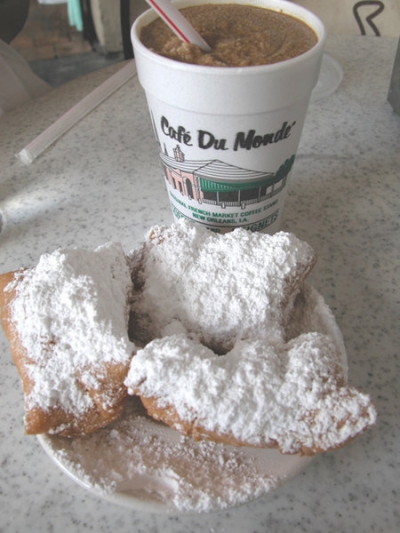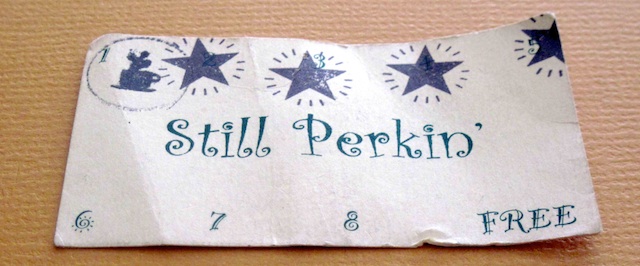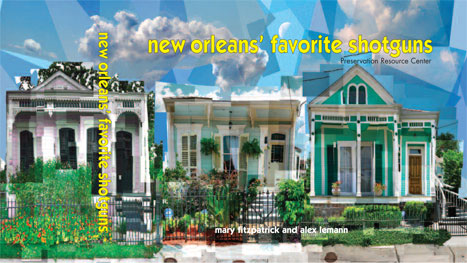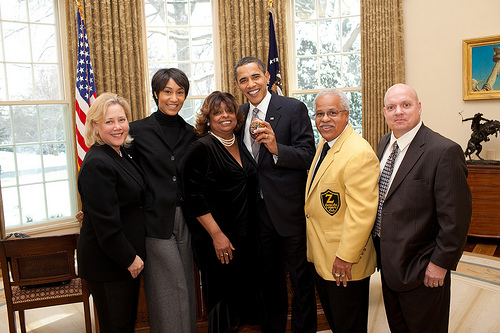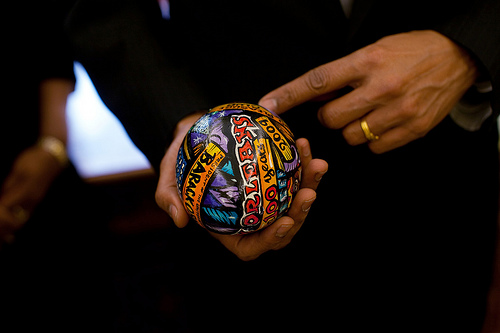Dreamy New Orleans

St. Louis Cathedral, Jackson Square, New Orleans
New Orleans was restless, dreamy, and curious place for me to explore from the beginning. The best part was that I ended up extending my stay for two years longer, which was more than I ever imagined. While I'd later spend time working in dynamic neighborhoods like St. Roch, the Marigny, Bywater, and the Irish Channel, this story is about my initial introduction to the textbook travel guide of the city, which also has its own charm.
The first building that I saw when I entered downtown New Orleans, was the iconic Superdome on Poydras Street. It was after midnight, and a hot and balmy 85 degrees. I had the taxicab window wide-open, and once the cabdriver made the turn into the French Quarter, there were so many people on the streets, I heard music, and the street lanterns were all aglow. It was exactly how I imagined that it would be.
I’d endured an epic seven-hour journey to the city. It usually takes less than three hours to get to New Orleans from New York, but my original flight from LaGuardia Airport (it’s always an ordeal) was cancelled, and there was still snow everywhere from a storm a couple of days before. I ended up departing two hours later from JFK.
I was in the city to attend a two-day conference about the intersection of planning and preservation, presented by the University of New Orleans at the beautiful Hotel Monteleone in the French Quarter, a national historic landmark. Speakers included preservation and urban revitalization luminaries Patricia Gay of the Preservation Resource Center, Mayor Joseph P. Riley of Charleston, and Dana Crawford of Urban Neighborhoods, Inc in Denver, who shared a stage with New Orleans developers such as Pres Kabacoff of HRI Properties, and Sean Cummings.
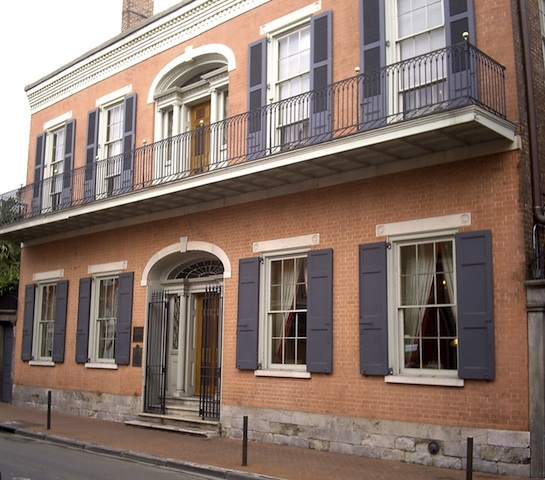
Hermann-Grima House was declared a National Historic Landmark in 1974.
One evening, there was a gracious reception at the Hermann- Grima House, an 1831 Federal mansion with a lovely garden courtyard. I also spent time walking around the French Quarter, shopping on Royal, having breakfast at Brennan’s and buying gifts to send back home, near the tourist trap havens by the French Market.
Although I had a full-itinerary, I did leave myself some time to wander around the city. While I was having lunch at Le Café at the Hotel Monteleone, I decided to visit Tulane University, since it was a recognizable landmark. Never in that moment of staring at maps, eating gumbo, drinking sweet tea, and granted exceptional hospitality, did I ever have any idea that my life was about to change forever on one solitary walk, on a sunny afternoon in the middle of March. The route to Tulane was rather straight forward, I had the address in hand, and decided to visit. However, what I didn’t calculate was the fact that the school was nearly five miles from the hotel, not that it really mattered, because I had plenty of time on my hands to explore.
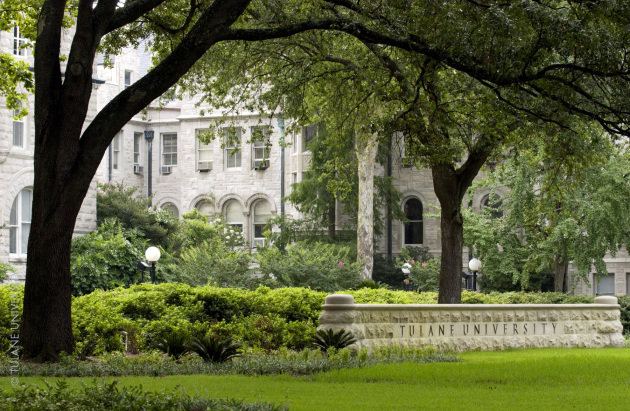
Tulane University, St. Charles Avenue, New Orleans
I had arrived in the city a week after Mardi Gras. There were grandstands in front of Gallier Hall, and near Lafayette Park. As I walked further uptown along St. Charles Avenue, the first thing that I noticed were the Mardi Gras beads, strung caught in the Live Oak trees, and dangling from overhead streetcar wires. While some had missed outstretched hands as riders threw them from parade floats, others were tossed for seasonal decoration and remembrance. They glistened, and sparkled like jewels, dangling and cascading from branches in the radiant sunlight.
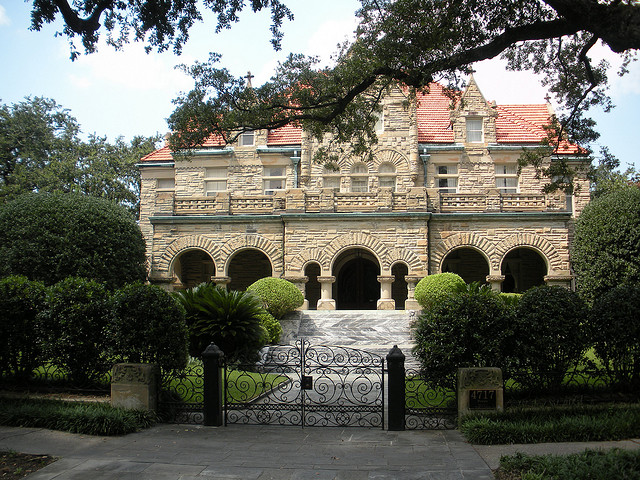
4717 St. Charles Avenue, a Richardsonian Romanesque mansion (1904).
The houses in New Orleans, particularly along St. Charles Avenue resembled something from a storybook, because it was an exceptional assemblage of magnificent antebellum mansions, and stately homes. Could one be grander than the next, intertwined with lush landscapes in early spring in verdant shades of green? Between the canopy of the live oaks, and spotting palm trees, I soon realized that there was no better place to spend a day in March.
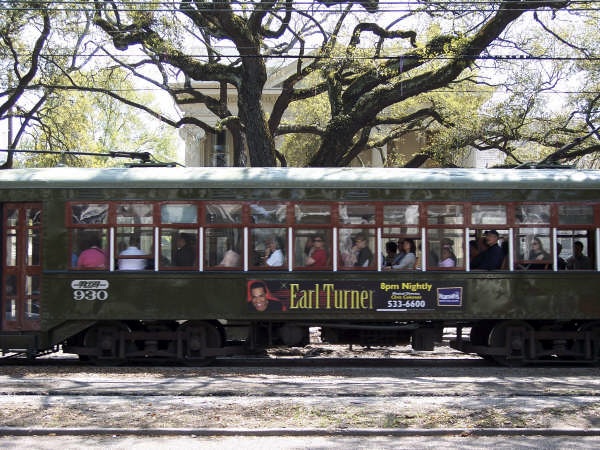
The St. Charles Avenue Streetcar route traditionally forms a 13.2-mile crescent from Carondelet at Canal Street in the Central Business District through uptown New Orleans, around the Riverbend to Carrollton at Claiborne Avenue.
I kept walking, as the St. Charles Avenue Streetcar, full of tourists, passed by along the neutral ground (which is called a median everywhere else in the country). With each ring of the streetcar’s bell, I would find myself centered back into reality that New Orleans was not a dream. I was so mesmerized by the varying architectural styles of the mansions, as they had never looked like anything that I had ever seen before. My mind’s eye could never imagine such a beautiful urban streetscape. I kept walking every block along St. Charles Avenue more excited than the previous one, as the houses managed to get bigger and bolder.
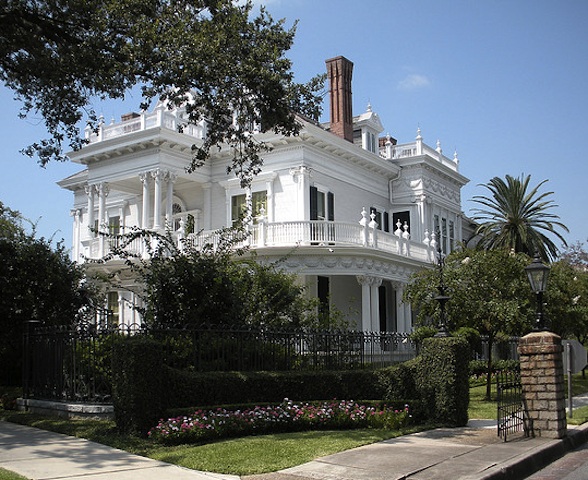
The Wedding Cake House, a Colonial Revival designed by architects Toledano and Reusch 1896.
After an hour and a half of picture taking and literally feeling myself gawk at the pure overwhelming nature of my surroundings, I arrived at Tulane University. The university’s main building, Gibson Hall faces St. Charles Avenue, and is a monumental Richardson Romanesque building. I walked across the campus, and by the time that I reached the quad, I decided that I had to go to school there.
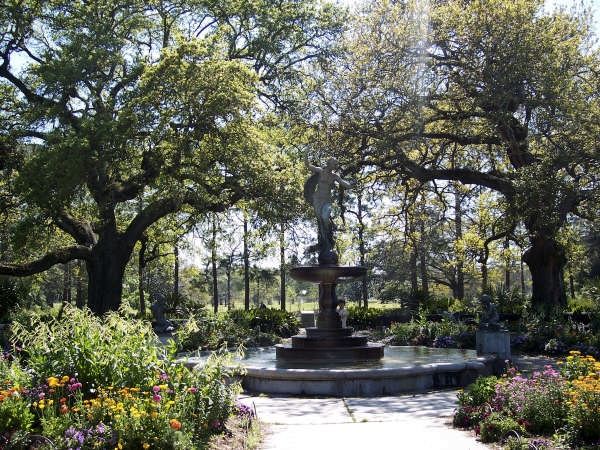
A fountain in Audubon Park, New Orleans
Of course I had no idea that I would end up applying to and later being accepted in the Tulane School of Architecture's new Masters in Preservation Studies graduate program, and only a few months after my visit, making this dream a reality. After meandering for a few minutes in the glorious John Charles Olmstead designed Audubon Park, I knew that I had found a city that I wanted to know more about. I eventually decided to go back downtown, looking at apartment buildings on the Avenue, and even noted the one that would eventually become my home.
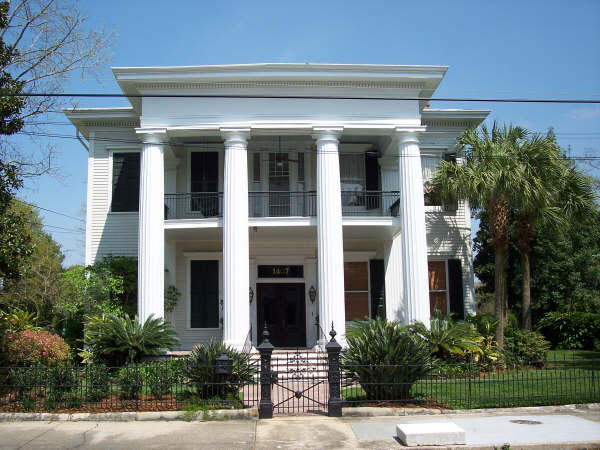
The Garden District, New Orleans
Along the way, I did go off course to several streets off of St. Charles. However how perfect was a neighborhood named the Garden District?
It is often said that most people who choose to move to New Orleans, do so after visiting, because there is something about the city that really touches the soul. I loved living there, and I remain overjoyed that I had the opportunity to take so many more walks up and down the avenue over the course of two years. It was the experience of a lifetime.
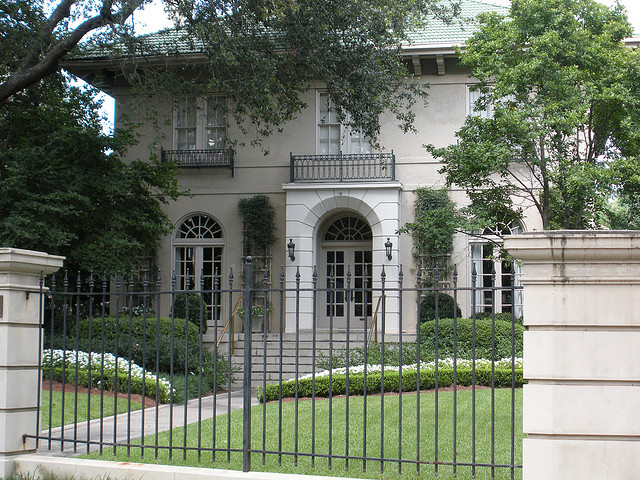
The Bentley House, a 1916 Mediterranean Villa
 Deena Parham | Comments Off |
Deena Parham | Comments Off | 